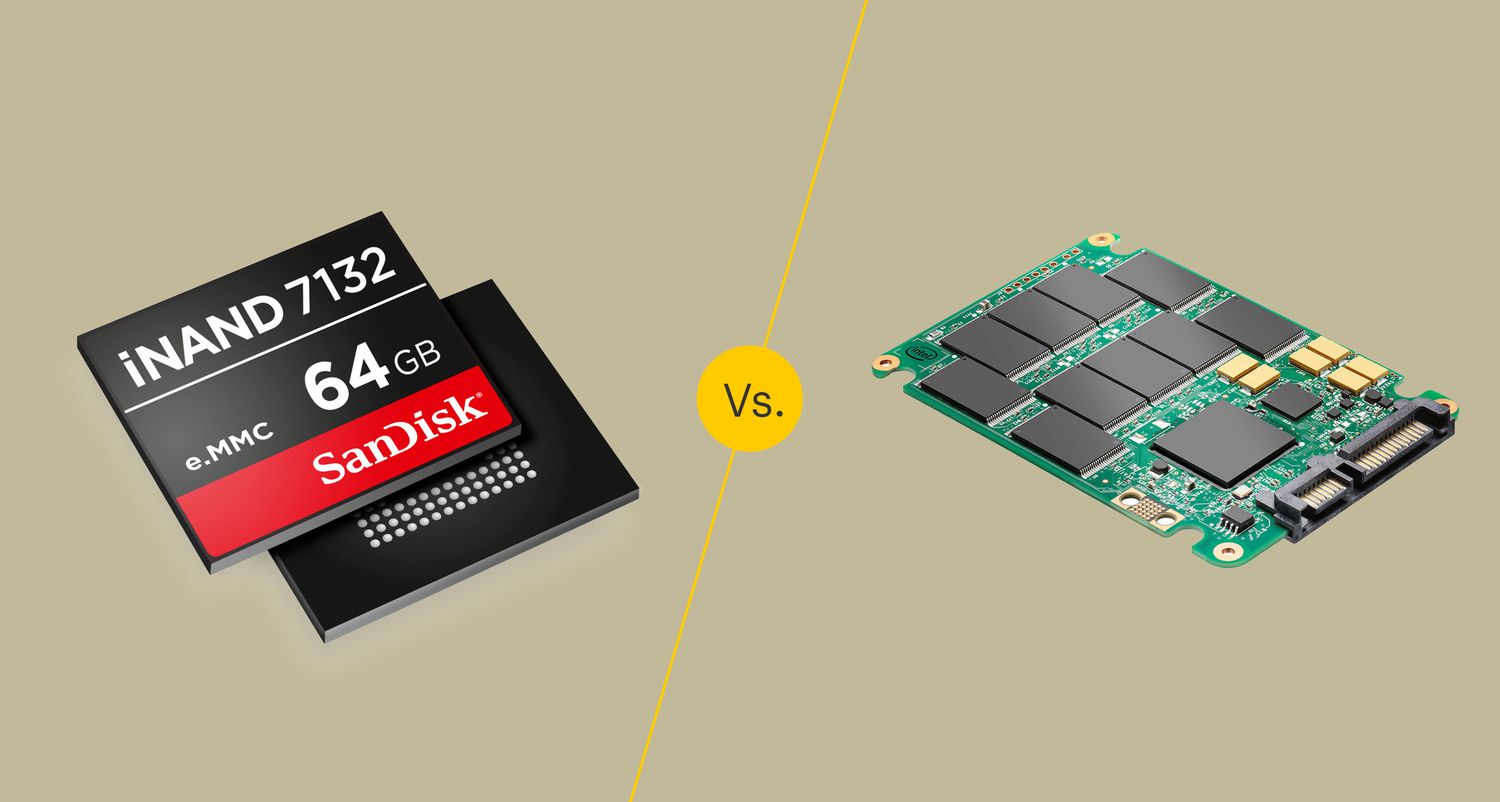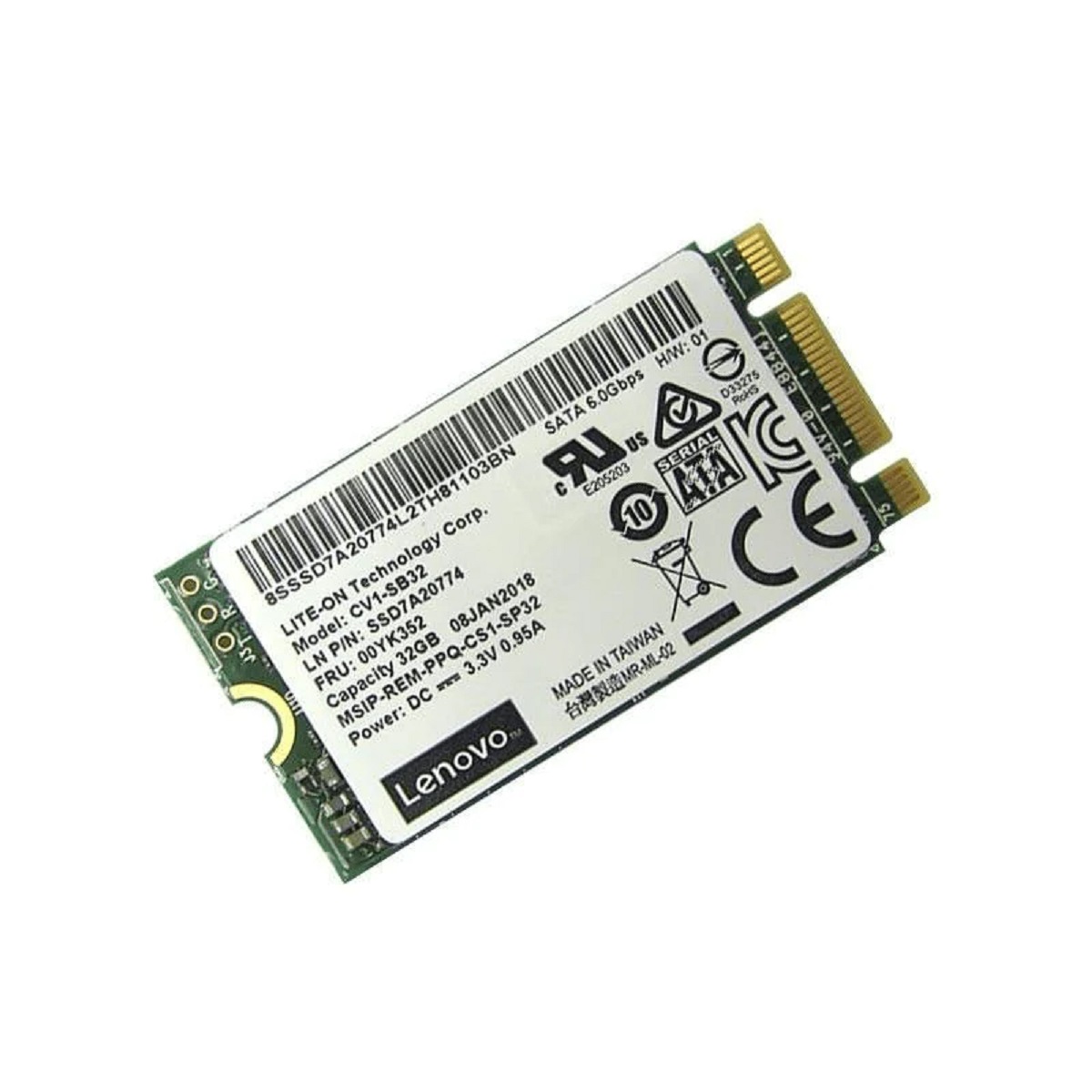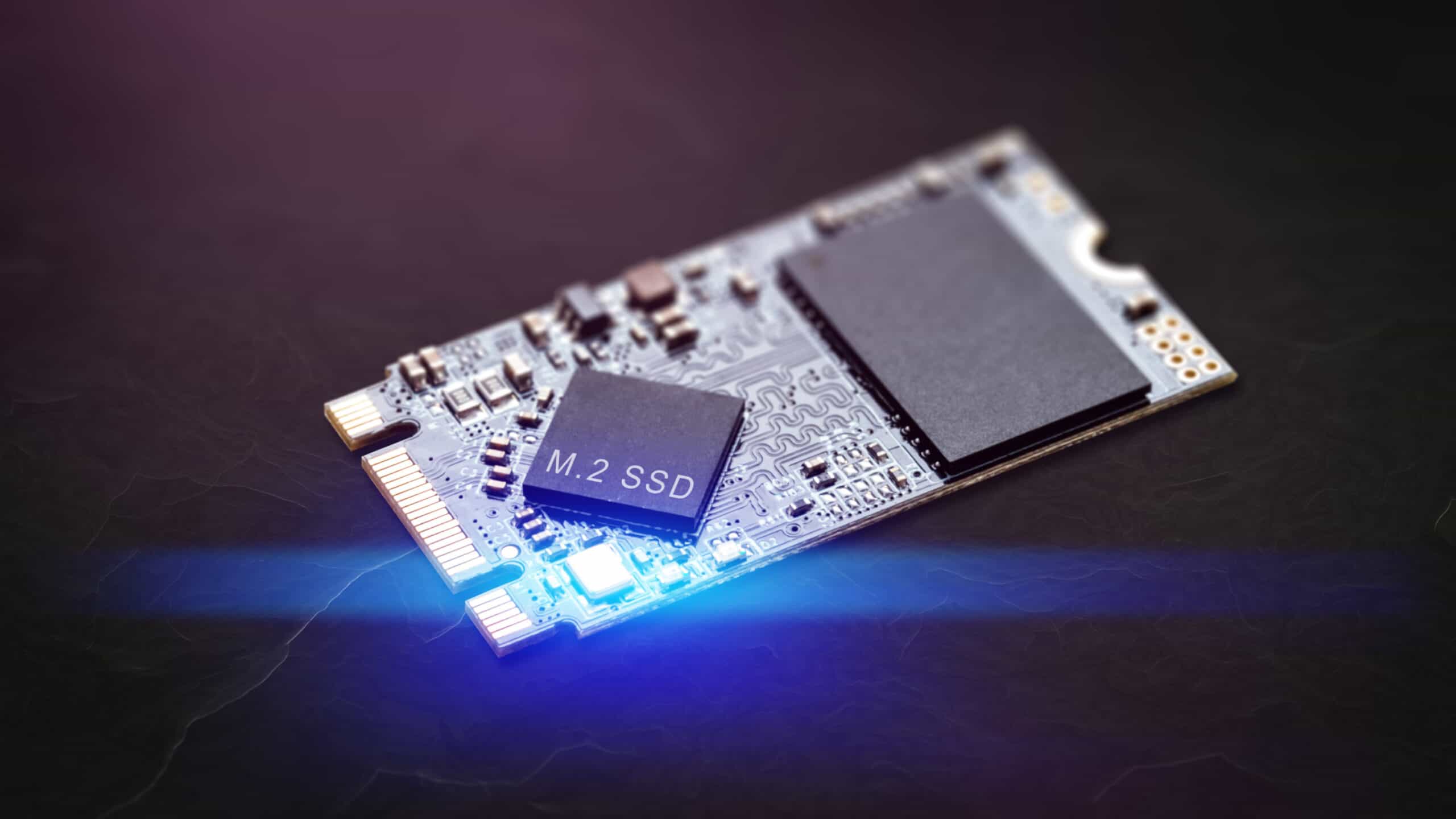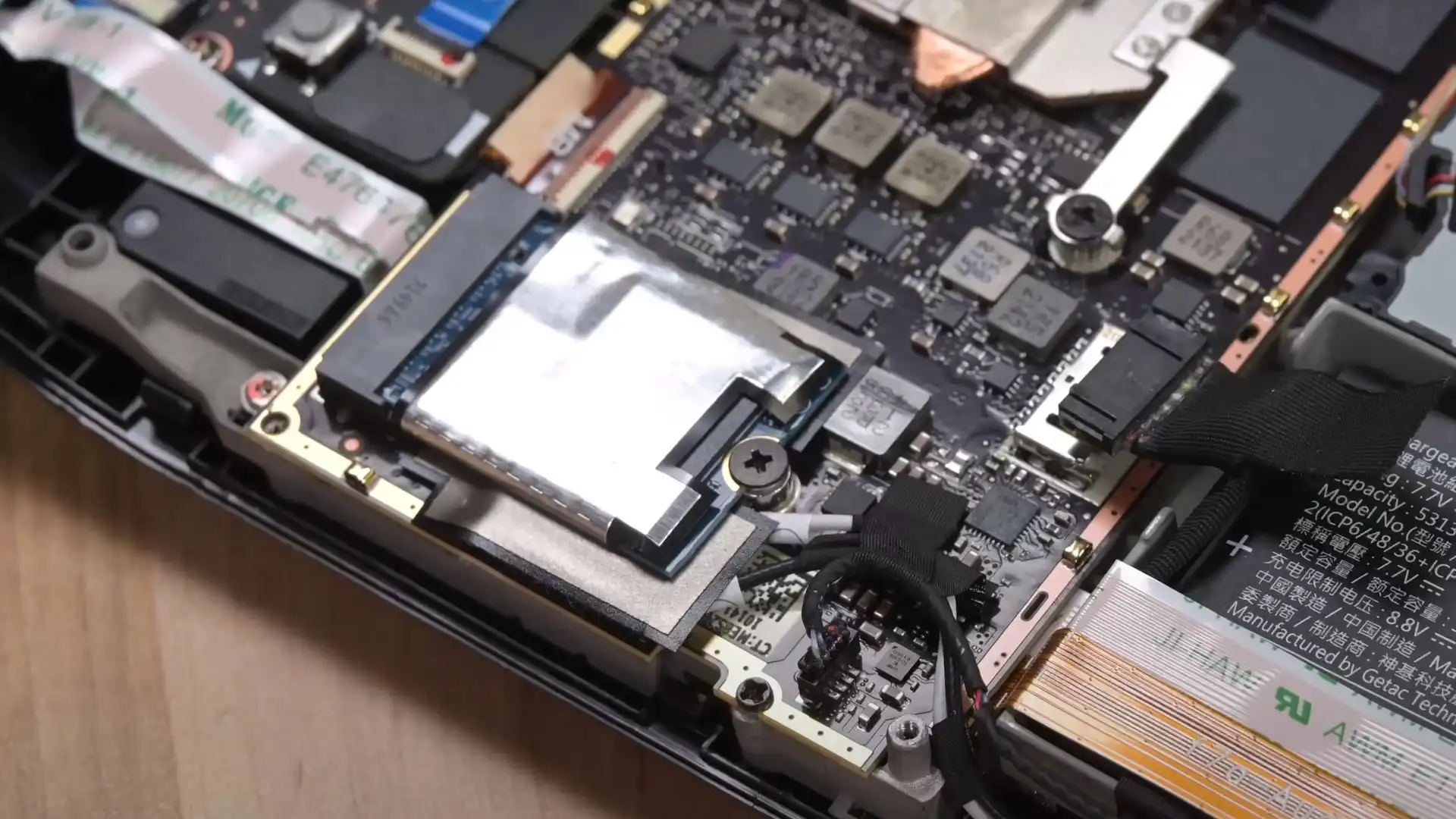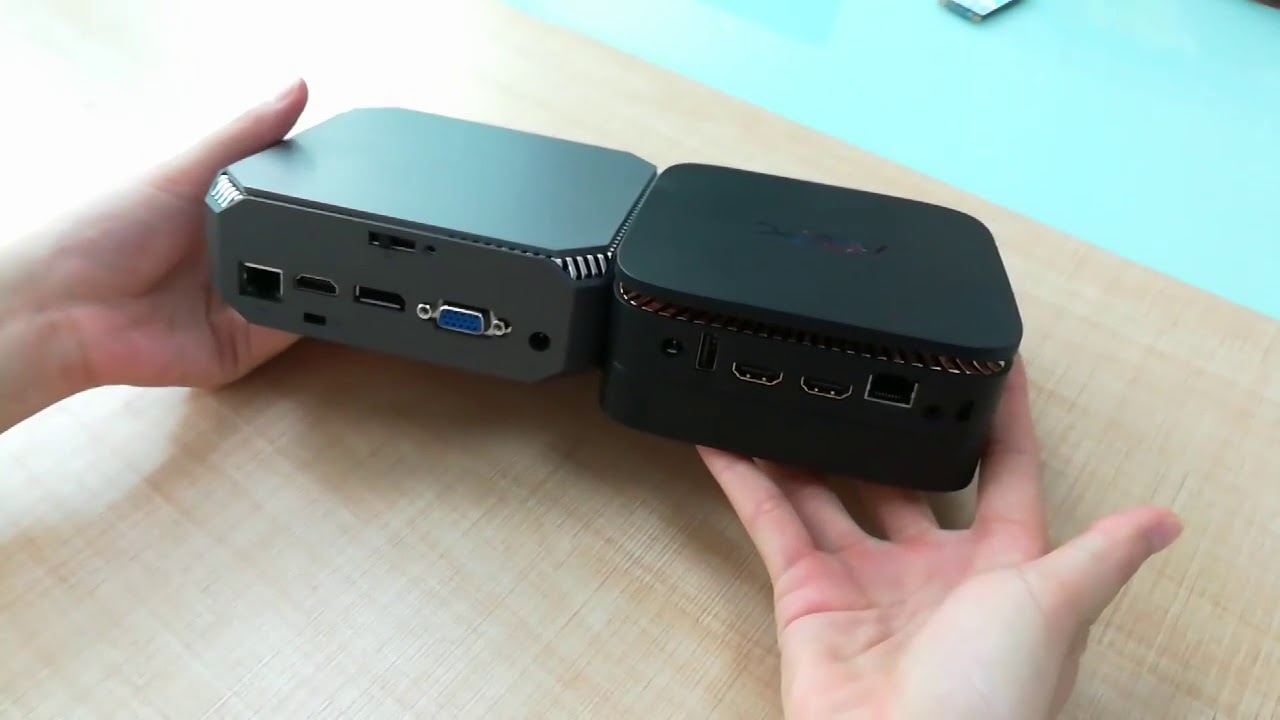Introduction
When it comes to modern data storage solutions, solid-state drives (SSDs) and embedded MultiMediaCards (eMMCs) are two commonly used options. Understanding the differences between these two technologies is essential to make informed decisions when choosing the right storage solution for your device.
SSDs and eMMCs serve the same purpose of storing data in electronic devices. However, they differ in terms of performance, capacity, external connections, power consumption, and price. By understanding these distinctions, users can make choices that align with their specific needs and requirements.
In this article, we will delve into the differences between SSDs and eMMCs, allowing you to make an informed decision when it comes to selecting the most suitable storage solution for your device. Let’s explore the key differentiating factors between SSDs and eMMCs and understand their impact on various aspects of device performance and functionality.
Definition of SSD
A solid-state drive (SSD) is a storage device that uses flash memory technology to store data. Unlike traditional hard disk drives (HDDs) that rely on moving mechanical parts to read and write data, SSDs utilize integrated circuits to store data electronically. This eliminates the need for mechanical mechanisms, resulting in faster read and write speeds and improved overall performance.
SSDs are known for their high data transfer rates, which significantly reduce boot times and application loading times. This makes them ideal for demanding tasks such as gaming, video editing, and multitasking. The lack of moving parts also ensures that SSDs are more resistant to shock and vibration, enhancing their durability and reliability.
Furthermore, SSDs consume less power compared to traditional HDDs, making them more energy-efficient. This not only translates into longer battery life for laptops and mobile devices but also contributes to a greener and more eco-friendly computing environment.
SSDs come in different form factors, including 2.5-inch drives for desktops and laptops, M.2 drives for ultrabooks and compact devices, and PCIe drives for high-speed data transfer in servers and workstations. Additionally, SSDs are available in various storage capacities, ranging from a few hundred gigabytes to multiple terabytes, catering to the diverse storage needs of different users.
Overall, SSDs are considered a major advancement in data storage technology. Their speed, reliability, energy efficiency, and compact design have revolutionized the computing industry, making them an attractive choice for both personal and professional use.
Definition of eMMC
Embedded MultiMediaCard (eMMC) is a type of solid-state storage that is commonly used in mobile devices, such as smartphones, tablets, and embedded systems. It is a compact and integrated solution that combines flash memory and a memory controller into a single chip. Unlike SSDs, which are available as separate, removable devices, eMMC is soldered directly onto the device’s motherboard.
eMMC is designed to provide a cost-effective and space-saving storage solution for devices with limited physical space, such as ultrabooks and small form-factor PCs. While the performance of eMMC may not be as high as that of SSDs, it still offers significant advantages over traditional hard disk drives (HDDs) in terms of speed, power efficiency, and reliability.
In terms of performance, eMMC offers faster data access speeds and quicker boot times compared to HDDs. However, it is generally slower than SSDs since it uses a different flash memory technology. The performance of eMMC is influenced by factors such as the firmware and controller used, as well as the interface speed.
eMMC storage capacity typically ranges from a few gigabytes to a few hundred gigabytes. While this may be sufficient for most mobile devices, it may be limited for users who require larger storage capacities for their data-intensive applications.
In terms of power consumption, eMMC is more energy-efficient than HDDs, but not as power-efficient as SSDs. It strikes a balance between power efficiency and performance, making it suitable for devices where battery life and size constraints are critical considerations.
eMMC does not have the same level of flexibility and scalability as SSDs. It cannot be easily replaced or upgraded, as it is soldered onto the device’s mainboard. However, eMMCs are cost-effective and widely available, making them an essential component in many consumer electronic devices.
In summary, eMMC offers a compact, integrated, and cost-effective storage solution for devices with space limitations. Although not as powerful or scalable as SSDs, eMMCs provide a reliable and efficient storage option for a wide range of mobile devices, where size, cost, and power efficiency are critical factors.
Performance
When it comes to performance, solid-state drives (SSDs) have a significant advantage over embedded MultiMediaCards (eMMCs). SSDs utilize high-speed flash memory technology and advanced controllers to deliver exceptional data transfer speeds and low latency.
The performance of an SSD is measured by its read and write speeds, which determine how quickly data can be accessed and written to the drive. SSDs can achieve much faster transfer rates compared to eMMCs, resulting in faster boot times, quicker application launches, and snappier overall system performance.
In contrast, eMMCs are designed with cost efficiency in mind and generally have lower performance specifications compared to SSDs. While eMMC technology has evolved over time and newer versions offer improved performance, they still typically lag behind SSDs in terms of data transfer rates and responsiveness.
eMMCs are more commonly used in mobile devices where cost and compactness are priorities, rather than raw performance. They are sufficient for basic tasks such as web browsing, social media, and light gaming. However, for demanding applications like video editing, 3D rendering, or heavy multitasking, SSDs are a far superior choice due to their significantly higher performance capabilities.
It’s important to note that SSD performance can vary based on factors such as the interface (SATA, NVMe), the generation of the technology (e.g., SATA III, PCIe 4.0), and the specific model and brand of the SSD. Higher-end SSDs with the latest technology can deliver even more impressive speeds, especially when paired with compatible hardware and software.
In summary, SSDs provide significantly better performance compared to eMMCs, making them the preferred choice for users who require fast and responsive storage solutions. While eMMCs are suitable for everyday tasks in mobile devices, SSDs excel in delivering superior speed, responsiveness, and overall system performance for high-demand applications and workflows.
Capacity
Capacity is an important factor to consider when choosing a storage solution, as it determines how much data can be stored on the device. Both solid-state drives (SSDs) and embedded MultiMediaCards (eMMCs) offer a range of storage capacities to cater to different user needs.
SSDs are available in a wide range of storage capacities, from smaller capacities like 128GB or 256GB to large capacities of 1TB, 2TB, or even higher. This flexibility allows users to select the right capacity based on their specific requirements, whether it’s for personal use, professional use, or data-intensive applications.
On the other hand, eMMCs typically come in smaller capacities compared to SSDs. They are commonly found in mobile devices and smaller form-factor devices, which generally have more limited space for storage. eMMC capacities can range from 8GB or 16GB in entry-level devices to around 128GB in higher-end smartphones and tablets. It’s important to note that eMMCs have a maximum capacity limitation due to the constraints of their design and integration into the device’s motherboard.
While SSDs offer greater capacity options, it’s essential to consider the trade-off between capacity and price. As the capacity increases, the cost of the SSD also increases. Therefore, users should evaluate their storage needs and budget to determine the right storage capacity for their devices.
It’s worth mentioning that both SSDs and eMMCs benefit from advanced compression and caching techniques, which allow them to store more data than their raw capacity suggests. This can help optimize storage space and improve overall performance for certain types of data.
In summary, SSDs offer a wider range of storage capacities, while eMMCs are more commonly found in smaller-capacity devices. The choice of capacity ultimately depends on the user’s specific storage requirements, device form factor, and budget considerations.
External Connections
The external connections of a storage device play a crucial role in determining its versatility and compatibility with various systems and devices. When comparing solid-state drives (SSDs) and embedded MultiMediaCards (eMMCs), there are notable differences in terms of external connectivity options.
SSDs typically offer a variety of external connection interfaces, which allow them to be easily connected to different devices. The most common interface for SSDs is Serial ATA (SATA), which is widely supported by desktops, laptops, and external storage enclosures. Additionally, newer SSDs often feature the more advanced and faster NVMe (Non-Volatile Memory Express) interface, which utilizes the PCIe (Peripheral Component Interconnect Express) bus for even faster data transfer speeds.
In contrast, eMMCs are primarily designed for integration within mobile devices and smaller form-factor devices. As such, they do not have external connectivity options like SATA or NVMe. Instead, eMMC storage is directly soldered onto the device’s motherboard, making it inaccessible and non-removable. Users cannot easily connect or upgrade eMMC storage on their own.
It’s important to note that although eMMCs lack external connectivity options, they still have the ability to connect to the device’s motherboard through a standardized eMMC interface. This interface allows for the transfer of data between the eMMC storage and the device’s processor, enabling seamless operation and access to stored data.
However, SSDs provide more flexibility when it comes to connecting to different devices and systems, making them suitable for a wider range of applications. The availability of various connection interfaces means that SSDs can be easily installed in desktop computers, laptops, servers, and external storage solutions, providing adaptable storage solutions for different needs.
In summary, SSDs offer a wider range of external connection options, including SATA and NVMe interfaces, making them more versatile in terms of connecting to different systems and devices. On the other hand, eMMCs are primarily integrated within mobile devices, relying on a standardized interface to connect to the device’s motherboard without external connectivity options.
Power Consumption
Power consumption is a critical consideration when it comes to storage devices, especially for devices that run on battery power or have strict power constraints. Both solid-state drives (SSDs) and embedded MultiMediaCards (eMMCs) offer advantages in terms of power efficiency, but there are some differences to take into account.
SSDs are known for their low power consumption compared to traditional hard disk drives (HDDs). SSDs do not have any mechanical components, such as spinning disks or moving read/write heads, which reduces power requirements. Additionally, SSDs employ advanced power management techniques, such as sleep modes and active power management, to further optimize power usage. This results in longer battery life for laptops, tablets, and other mobile devices, making SSDs ideal for portable computing.
eMMCs also exhibit low power consumption, albeit slightly higher than that of SSDs. As an integrated storage solution, eMMCs are designed to be power-efficient, accounting for the limited power availability in many mobile devices. While the power consumption of eMMCs may vary depending on the specific model and usage scenarios, overall, they consume less power compared to traditional HDDs.
It’s important to note that power consumption may also vary depending on the workload and usage patterns. For example, when an SSD or eMMC is actively reading or writing data, it will consume more power than when it is in an idle state or in a low-power sleep mode. Therefore, the efficiency of power management techniques implemented by the storage device can impact its overall power consumption.
When choosing between SSDs and eMMCs, it’s crucial to consider the power consumption requirements of your device. If you require maximum power efficiency and longer battery life, SSDs are the preferred choice. However, if you have more lenient power constraints or primarily use your device in a stationary or desktop setting, eMMCs can still provide efficient power usage without sacrificing performance.
In summary, both SSDs and eMMCs exhibit low power consumption compared to traditional HDDs. SSDs offer slightly better power efficiency due to their lack of mechanical parts and advanced power management techniques. However, eMMCs still provide efficient power usage, making them suitable for mobile devices with limited power availability and other power-sensitive applications.
Price
Price is a significant factor for many users when choosing a storage solution. It is important to consider the cost-effectiveness and value that solid-state drives (SSDs) and embedded MultiMediaCards (eMMCs) offer in relation to their performance and features.
SSDs have traditionally been more expensive compared to other storage options, such as hard disk drives (HDDs) or eMMCs. However, the cost of SSDs has significantly decreased in recent years due to advancements in technology, increased manufacturing efficiency, and economies of scale. Today, SSDs are available in a wide price range, making them more accessible to a broader range of users.
The price of an SSD can vary depending on factors such as storage capacity, performance specifications, brand, and form factor. Higher-capacity SSDs and top-tier models with the latest technology generally carry a higher price tag. However, even entry-level SSDs with lower capacities offer significant performance improvements over HDDs at an affordable price point.
On the other hand, eMMCs tend to be more cost-effective than SSDs. This is because eMMCs are usually designed for lower-end devices that prioritize cost and space constraints over high performance. eMMCs are commonly found in budget smartphones, tablets, and other entry-level devices. They provide a cost-effective and integrated storage solution that meets the requirements of such devices.
It’s important to note that the price difference between SSDs and eMMCs can become more apparent when comparing storage capacities. In general, SSDs offer larger capacities at higher price points, while eMMCs come in smaller capacities at more budget-friendly prices. Users should assess their storage needs and budget constraints to determine the most cost-effective option for their specific requirements.
Overall, while SSDs tend to be pricier than eMMCs, their performance advantages and long-term benefits make them a worthwhile investment for many users. The improved speed, reliability, and durability of SSDs can significantly enhance the user experience, especially for power users and those who require high-performance storage solutions.
Suitable Devices
When considering storage options, it’s important to choose the solution that best aligns with the requirements and intended use of your device. Both solid-state drives (SSDs) and embedded MultiMediaCards (eMMCs) have their strengths and are suitable for different types of devices and applications.
SSDs excel in providing high-performance storage solutions for devices that require fast and responsive data access. They are commonly used in desktop computers, laptops, gaming consoles, high-end workstations, and servers. These devices benefit from the fast read and write speeds of SSDs, which enhance overall system performance and reduce load times for applications and games. SSDs are also popular in multimedia editing and data-intensive tasks where speed and reliability are paramount.
On the other hand, eMMCs are more commonly found in mobile devices such as smartphones, tablets, and other compact devices. Their small form factor and integrated design make them an ideal storage solution for devices with limited physical space. eMMCs provide sufficient storage capacity and reasonable performance for everyday tasks like web browsing, social media, and light gaming. They are also cost-effective, which makes them suitable for budget-friendly devices.
It’s worth mentioning that some devices may offer hybrid storage solutions, incorporating both SSDs and eMMCs. This allows for a combination of high-performance storage for demanding tasks and cost-effective storage for less demanding applications. For example, a laptop may utilize an SSD for the operating system and frequently accessed data, while using an eMMC for additional storage capacity.
Ultimately, the choice between SSDs and eMMCs depends on the specific requirements of the device and the preferences of the user. SSDs are recommended for devices that prioritize speed, performance, and durability, while eMMCs are suitable for smaller devices with limited space and budget considerations. Understanding the intended use of the device and evaluating the storage needs will help determine the most suitable option.
In summary, SSDs are ideal for devices that demand high-performance storage, such as desktops, laptops, and workstations. eMMCs are well-suited for mobile devices like smartphones and tablets, where cost efficiency and compactness are key factors. The choice of storage solution should align with the purpose and requirements of the device to ensure optimal performance and user experience.
Conclusion
In conclusion, solid-state drives (SSDs) and embedded MultiMediaCards (eMMCs) offer distinct advantages and are suitable for different types of devices and applications.
SSDs provide exceptional performance, high data transfer speeds, and improved system responsiveness. They are well-suited for devices that require fast and reliable storage, such as desktops, laptops, workstations, and servers. With a wide range of storage capacities and various interface options like SATA and NVMe, SSDs offer flexibility and versatility for both personal and professional use.
On the other hand, eMMCs are cost-effective, compact, and integrated storage solutions commonly found in mobile devices like smartphones, tablets, and smaller form-factor devices. While they may not offer the same level of performance as SSDs, eMMCs are suitable for everyday tasks and devices with space limitations.
When choosing between SSDs and eMMCs, it is essential to consider factors such as performance requirements, storage capacity needs, power consumption, and budget constraints. SSDs excel in delivering optimal speed and performance while eMMCs provide a cost-effective and space-saving option.
Overall, the selection between SSDs and eMMCs depends on the intended use and specifications of the device. Both options have their advantages and are suitable for different devices and applications. Understanding these differences and assessing individual requirements will ensure the appropriate storage solution is chosen for optimal performance and user experience.







